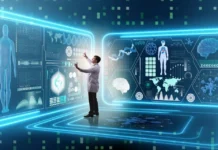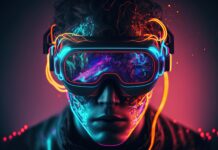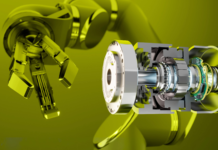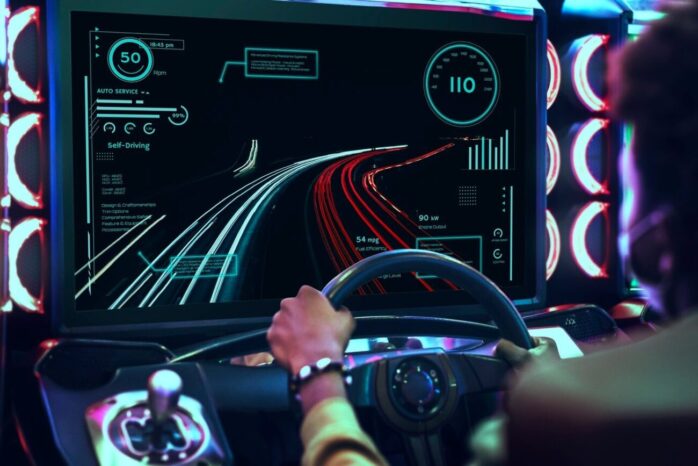
Sim racing, the digital counterpart of real-world motorsport, has evolved dramatically over the past decade. Not only has it captured the interest of casual gamers and racing enthusiasts, but it has also become a critical training tool for professional racing drivers, including those competing at the highest level in Formula 1 (F1).
As advancements in technology have made simulators more realistic and sophisticated, F1 teams have integrated sim racing into their regular training routines. This article delves into how F1 drivers practice sim racing, exploring the technology, methodology, and benefits involved.
The Role of Sim Racing in F1 Driver Training
The use of simulators in F1 is nothing new, but the depth to which they are integrated into training regimens has significantly increased. Many F1 teams now maintain their own state-of-the-art simulators, which replicate the physical experience of driving a Formula 1 car as closely as possible.
These simulators provide a platform for drivers to practice without the logistical constraints of real-world track testing. This is particularly important given the strict limitations on actual track testing set by the FIA to control costs and maintain fairness.
Drivers who are new to sim racing might find themselves amazed by the accuracy and realism these systems offer. The best simulators can replicate various track conditions, tire wear, fuel load changes, and even mechanical issues like brake fade or engine malfunctions. With these capabilities, F1 drivers can practice every aspect of their racecraft, from refining their racing lines to perfecting their braking points and optimizing car setups for different circuits.
Technology Behind F1 Simulators
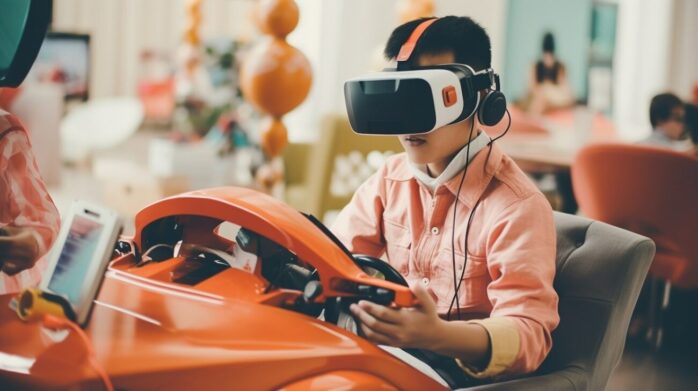
At the heart of F1 sim racing is the simulator itself, which consists of multiple components working together to create an immersive experience. These simulators typically feature:
- Motion Platforms: Most high-end simulators use motion platforms that can tilt, shake, and vibrate to mimic the sensations of driving a real car. They can simulate the forces experienced during acceleration, braking, and cornering, allowing drivers to feel the car’s behavior under various conditions.
- Visual Systems: Large, high-resolution screens or virtual reality (VR) headsets are used to create a realistic visual environment. These systems provide a 360-degree view of the racetrack, complete with accurate representations of the circuit’s layout, surroundings, and even changing weather conditions.
- Force Feedback Steering Wheels and Pedals: Simulators are equipped with high-quality steering wheels and pedal sets that provide force feedback. This means the wheel pushes back against the driver’s hands in response to the car’s movement, giving a sense of grip loss, tire slip, and surface changes.
- Data Analysis Tools: Sim racing is not just about driving; it’s also about data. F1 teams use advanced telemetry systems within the simulators to gather data on every aspect of a driver’s performance. Engineers can analyze this data to identify areas for improvement and develop strategies for upcoming races.
- Communication Systems: Just like during a real race, drivers use simulators to practice communication with their engineers. This includes managing radio calls, discussing car setup changes, and responding to strategic adjustments.
Typical Sim Racing Training Sessions for F1 Drivers
F1 drivers spend countless hours in the simulator each season. The sessions are designed to prepare them for specific circuits, enhance their driving skills, and work on car development. Here’s a typical outline of what a training session might look like:
| Training Session Component | Objective | Duration |
| Track Familiarization | Learning the circuit layout, braking zones, and racing lines. | 1-2 hours |
| Qualifying Simulations | Practicing single-lap pace and optimizing the car for qualifying. | 1-2 hours |
| Race Simulations | Running full-length race simulations to practice tire management, fuel consumption, and strategy. | 2-3 hours |
| Setup Development | Testing different car setups to find the best balance for specific tracks. | 1-2 hours |
| Scenario Training | Practicing starts, safety car periods, and handling unexpected events like mechanical failures. | 1-2 hours |
Each session is meticulously planned and monitored by a team of engineers who provide real-time feedback. Drivers use these sessions not only to improve their driving but also to test new car setups and aerodynamic updates before they are introduced on the real car. This helps the team optimize the car’s performance without the costs and time associated with physical track testing.
The Psychological and Physical Benefits of Sim Racing
Sim racing is not only about refining driving techniques; it also offers significant psychological and physical benefits. The mental focus required in the simulator mirrors that needed during an actual race, helping drivers sharpen their concentration, reaction times, and decision-making skills. This is particularly valuable when practicing for circuits with complex layouts or when preparing for high-pressure qualifying sessions.
From a physical standpoint, the use of motion platforms and force feedback systems ensures that sim racing is physically demanding. The steering forces and pedal pressures can be adjusted to replicate those experienced in a real F1 car, providing drivers with a workout that helps maintain their physical conditioning. Furthermore, the endurance required to stay focused and perform consistently during long simulation sessions can aid in building stamina and resilience.
The Role of Sim Racing in Car Development
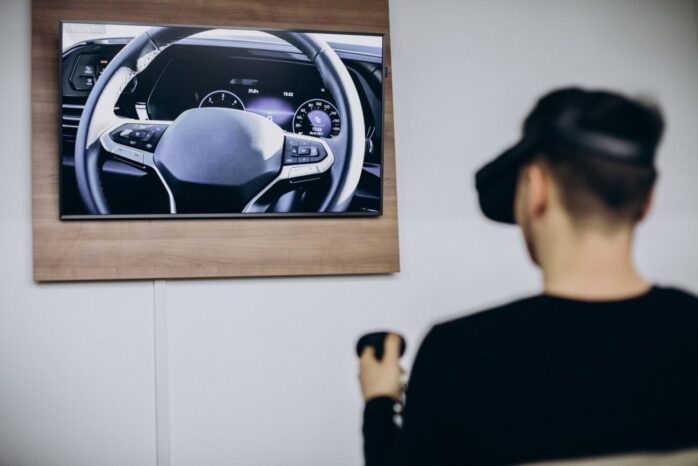
F1 is a sport where even the smallest performance gains can make a significant difference. Simulators play a crucial role in the car development process. By allowing drivers to test new components and setups virtually, teams can gather valuable data without the need for expensive and time-consuming track sessions.
For example, when developing a new aerodynamic package, engineers can create a virtual model and simulate its effects in the simulator. Drivers can then provide feedback on how the changes affect the car’s handling and performance, which helps engineers refine the design before it’s introduced to the actual car. This iterative process is essential in a sport where continuous improvement is the key to staying competitive.
Future of Sim Racing in F1
As technology continues to advance, the role of sim racing in F1 is only set to increase. Innovations such as artificial intelligence (AI) are being integrated into simulators to create more challenging and realistic scenarios. AI can replicate the behavior of other cars on the track, providing drivers with a more dynamic environment to practice overtaking and defensive driving strategies.
Moreover, the ongoing development of VR technology promises even greater levels of immersion. With VR headsets becoming more advanced and comfortable, they offer a cost-effective way for teams to enhance the realism of their simulators. This could further bridge the gap between sim racing and real-world driving, making it an indispensable part of F1 driver training.
Conclusion
Sim racing has evolved from a hobbyist’s pastime into a vital training tool for F1 drivers. By providing a realistic and controlled environment to practice and develop skills, simulators have become an integral part of the preparation for every race weekend. With continuous technological advancements, the line between the virtual and real worlds continues to blur, ensuring that sim racing will remain a cornerstone of F1 training for years to come.



